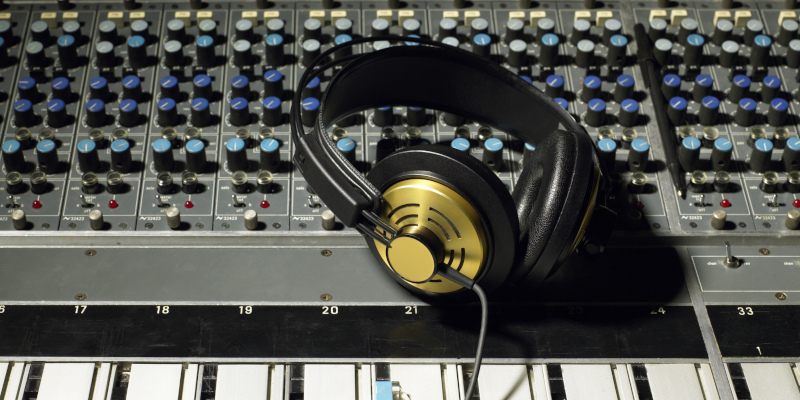If you’re looking into a new audio system for your office, workspace, bedroom, or home theater, you may have come across the term “high-resolution audio” and wondered what it was, or what the purpose of it even is.

Put technically, high-resolution audio is audio that has bit depths of at least 24 bits and sampling rates of 48 kHz or more, as opposed to regular CDs which have 16 bits and 44.1 kHz. However, if you’re not an expert in audio quality, these words may not mean very much to you.
So, to put them in more simple terms:
- Bit depth is referring to how many individual pieces of the original live session have been preserved in the recording in question. While recordings with low bit depths might miss or mute quieter sounds, or even omit them entirely, for instance, higher bit depths will allow for a wider range of sounds to be preserved.
- Sample rate, meanwhile, refers to how many times the recording software recorded audio. This means that audio will sound smoother and more continuous with higher sample rates.
Both of these elements of an audio recording influence how immersive the sound is — how much it feels like you’re actually there in the recording booth of a song, or in the scene of a movie. With regular audio, you will have a regular experience. But with high-resolution audio, your music will sound crisper, and your movies will have you feeling like you’re the one driving through the streets of some European city with bad guys on your tail.
